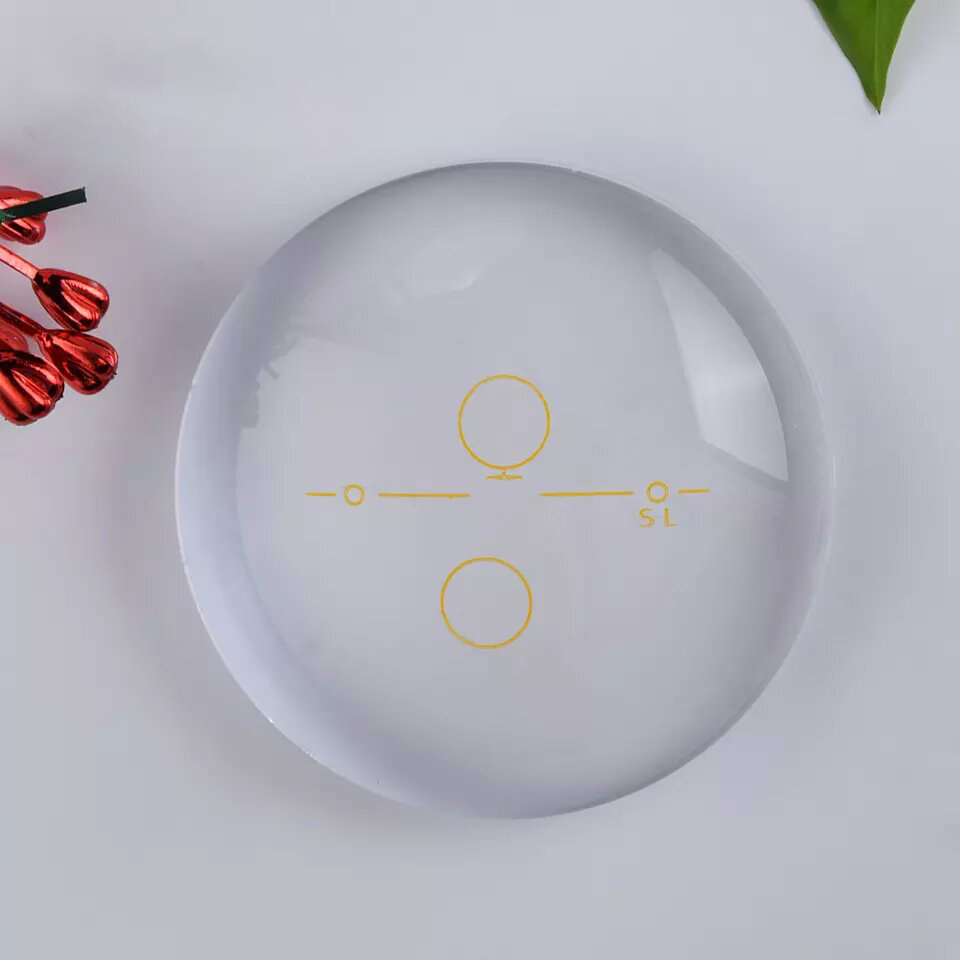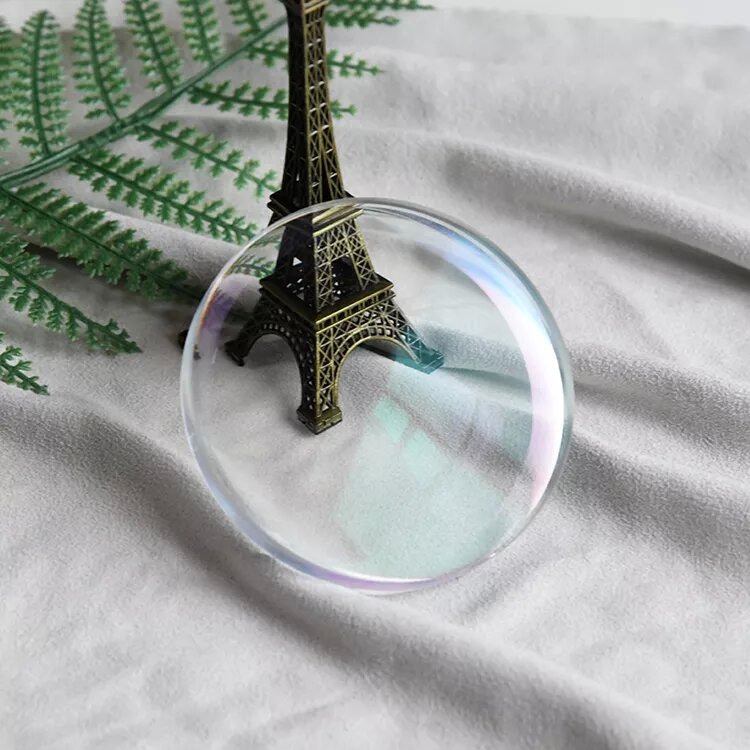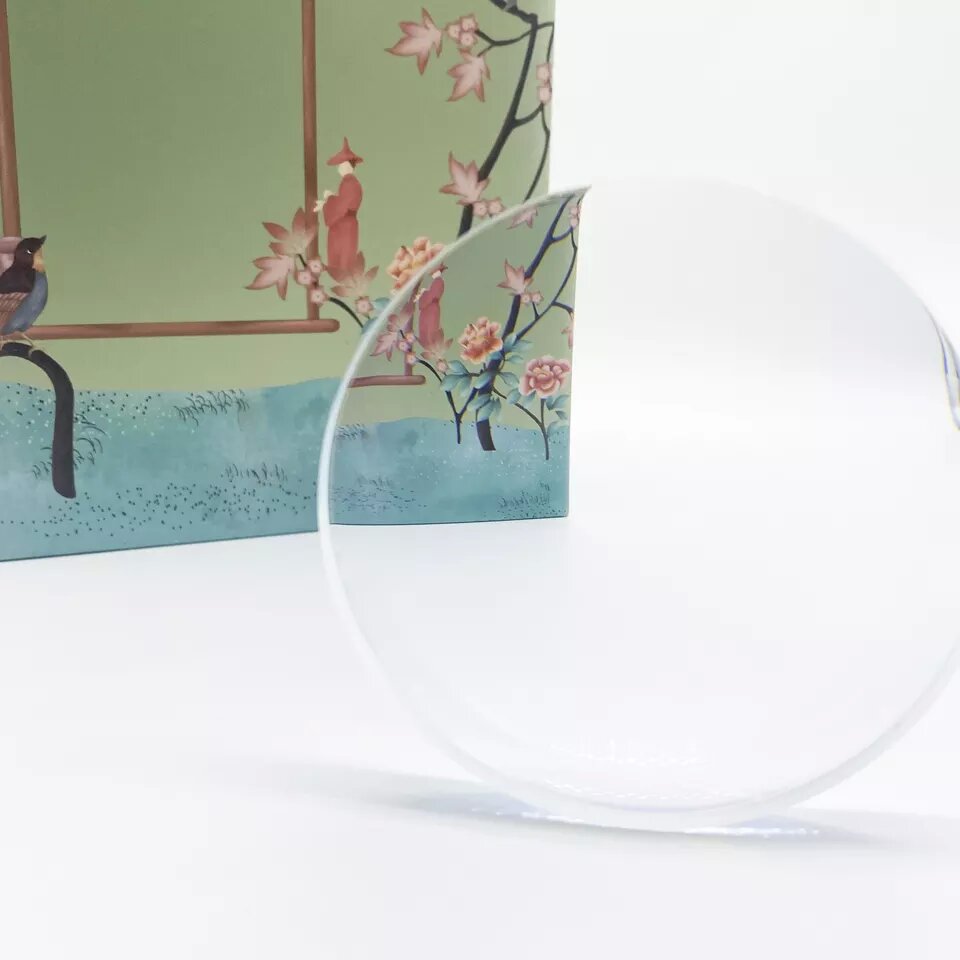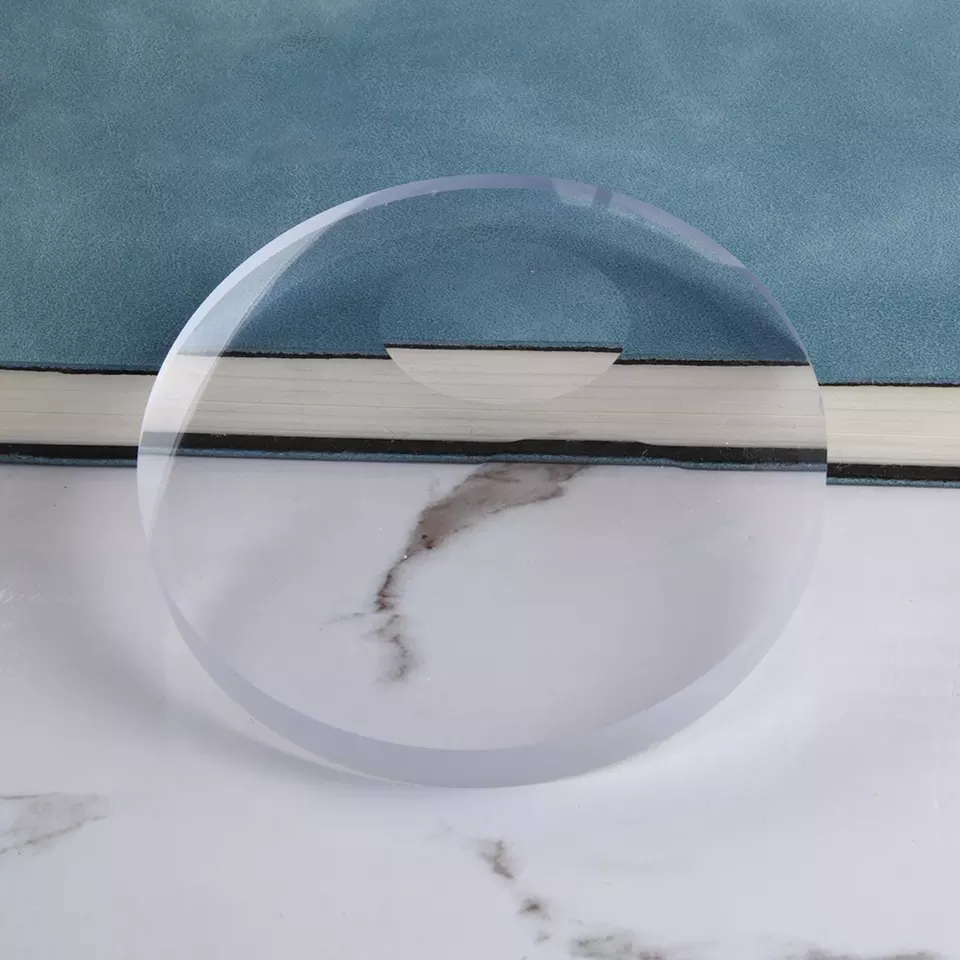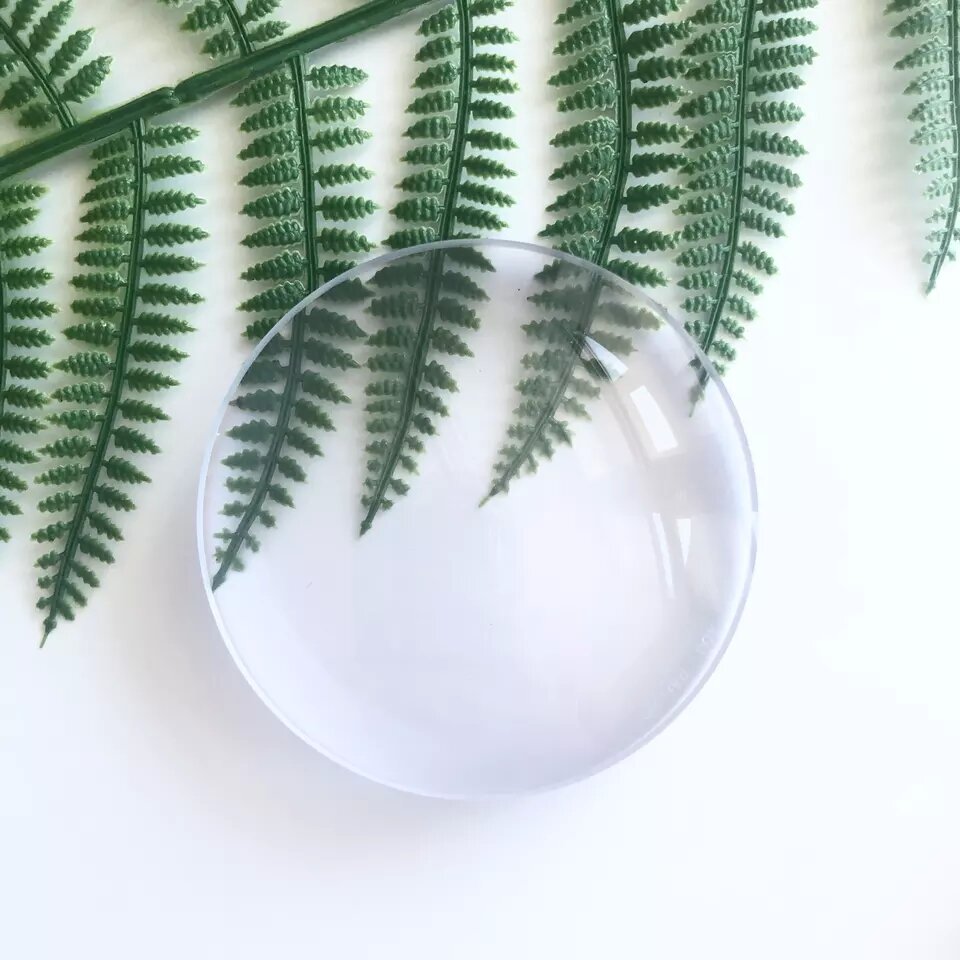SETO 1.67 Semi-Finished Photochromic Single Vision Lens
Specification
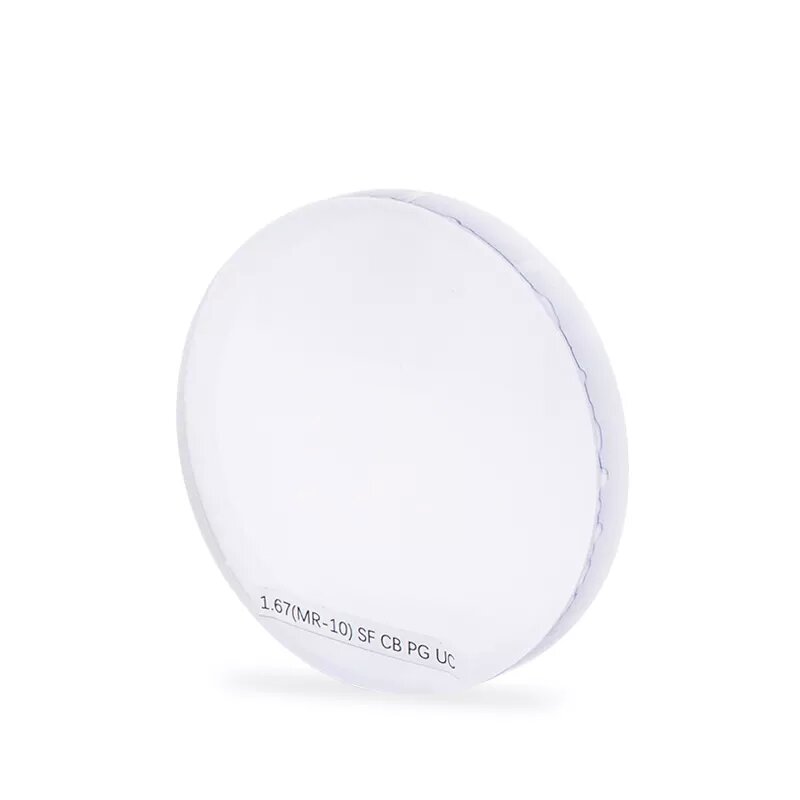
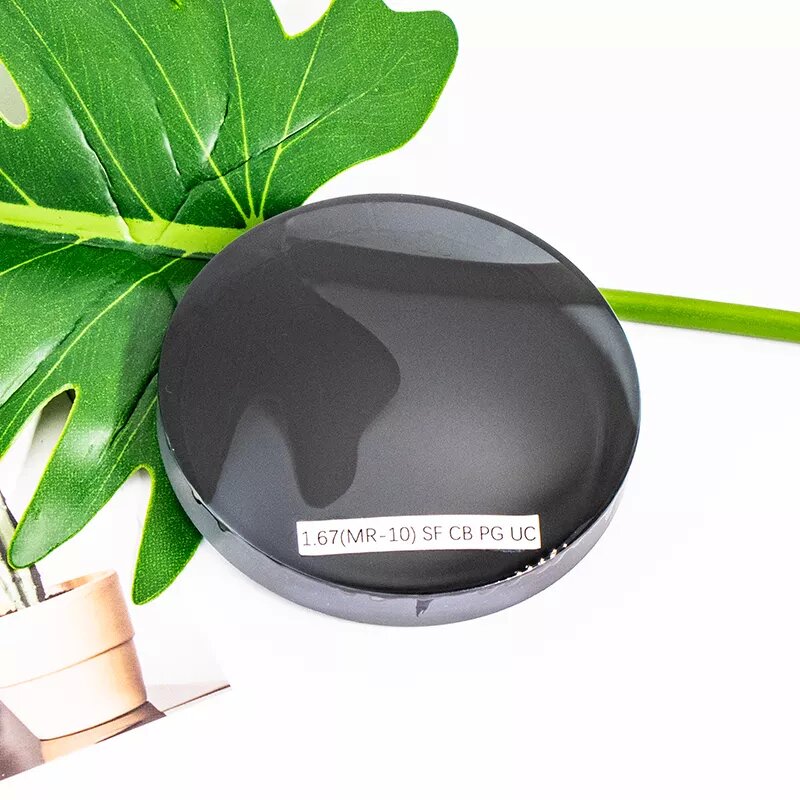
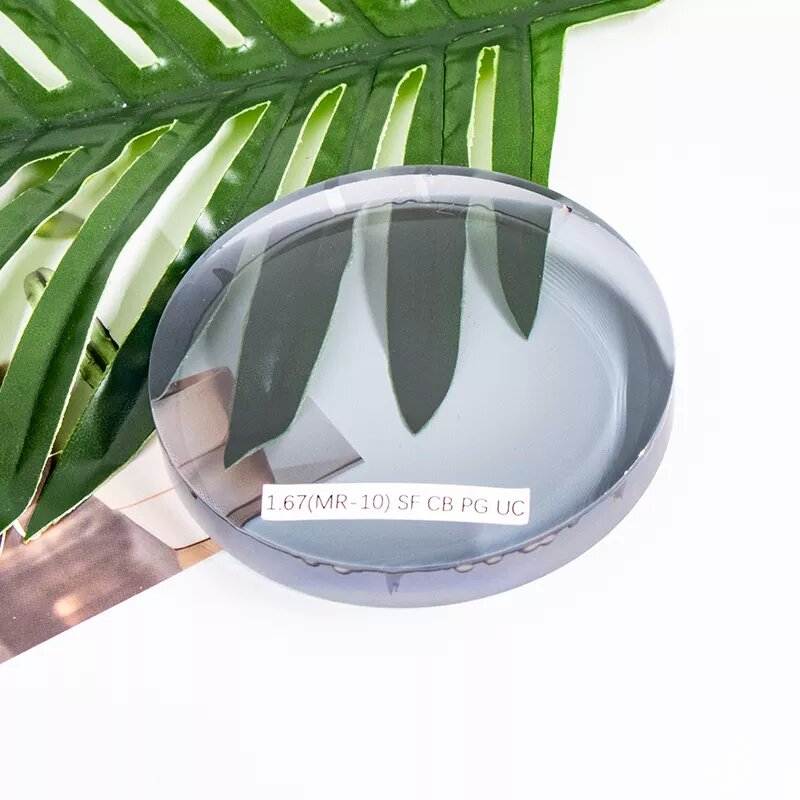
| 1.67 photochromic semi-finished optical lens | |
| Model: | 1.67 optical lens |
| Place of Origin: | Jiangsu, China |
| Brand: | SETO |
| Lenses Material: | Resin |
| Bending | 50B/200B/400B/600B/800B |
| Function | photochromic & semi-finished |
| Lenses Color | Clear |
| Refractive Index: | 1.67 |
| Diameter: | 70/75 |
| Abbe Value: | 32 |
| Specific Gravity: | 1.35 |
| Transmittance: | >97% |
| Coating Choice: | UC/HC/HMC |
| Coating color | Green |
Product Features
1)What is photochromic lens?
Photochromic lenses are also known as “photosensitive lenses”. According to the principle of reversible reaction of light color alternation, the lens can quickly darken under light and ultraviolet radiation, block strong light and absorb ultraviolet light, and show neutral absorption to visible light. Back to dark, can quickly restore colorless transparent state, ensure the lens transmittance. So the color changing lens is suitable for indoor and outdoor use at the same time, to prevent sunlight, ultraviolet light, glare on the eye damage.Photochromic lenses are also known as “photosensitive lenses”. According to the principle of reversible reaction of light color alternation, the lens can quickly darken under light and ultraviolet radiation, block strong light and absorb ultraviolet light, and show neutral absorption to visible light. Back to dark, can quickly restore colorless transparent state, ensure the lens transmittance. So the color changing lens is suitable for indoor and outdoor use at the same time, to prevent sunlight, ultraviolet light, glare on the eye damage.
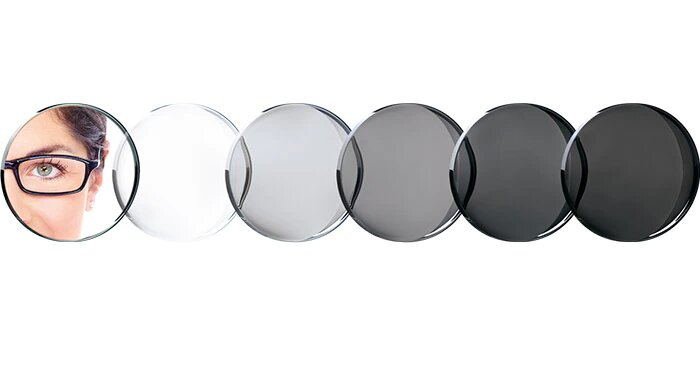
2)Temperature And Its Effect On Photochromic Technology
The molecules in photochromic technology work by reacting to UV light. However, temperature can have an effect on the reaction time of the molecules. When the lenses become cold the molecules begin to move slowly. This means that it will take somewhat longer for the lenses to adapt from dark to clear. When the lenses become warm the molecules speed up and become more reactive. This means that they will fade back faster. It can also mean that if you’re outside on a hot sunny day, but sitting in the shade, your lenses will be quicker to detect the diminished UV rays and lighten in color. Whereas, if you are outside on a sunny day in a cold climate, and then move into the shade, your lenses will adjust more slowly than they would in a warm climate.
3)The Benifit Of Wearing Photochromic Glass
Wearing eyeglasses can often be a pain. If it's raining, you're wiping water off the lenses, if it's humid, the lenses mist up; and if it's sunny, you don't know whether to wear your normal glasses or your shades and you may have to keeping switching between the two! Many people who wear eyeglasses have found a solution to the last of these problems by changing over to photochromic lenses
4) What is the difference between HC, HMC and SHC?
| Hard coating | AR coating/Hard multi coating | Super hydrophobic coating |
| makes the uncoated lens hard and increases the abrasion resistance | increases the transmittance of the lens and reduces surface reflections | makes the lens waterproof, antistatic, anti slip and oil resistance |
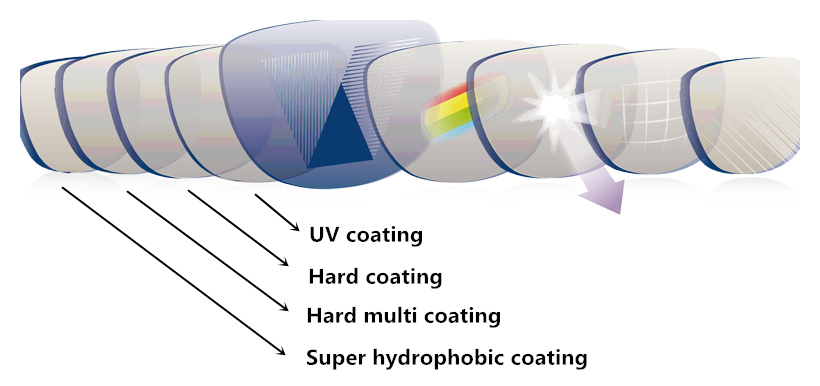
Certification



Our Factory





